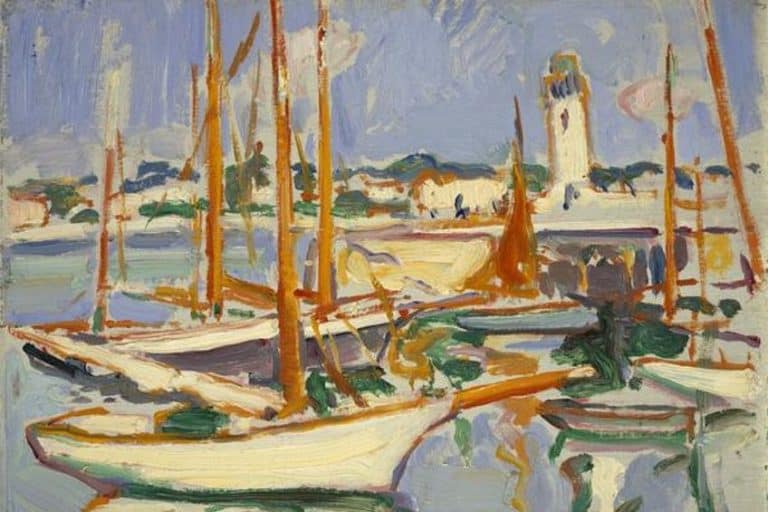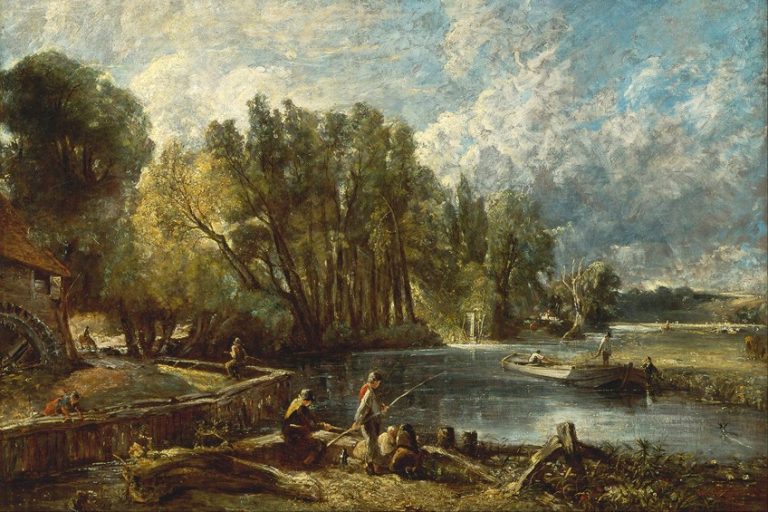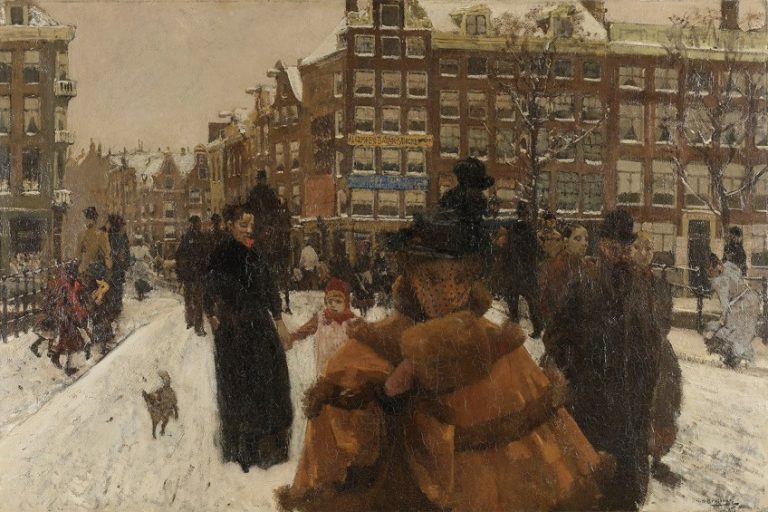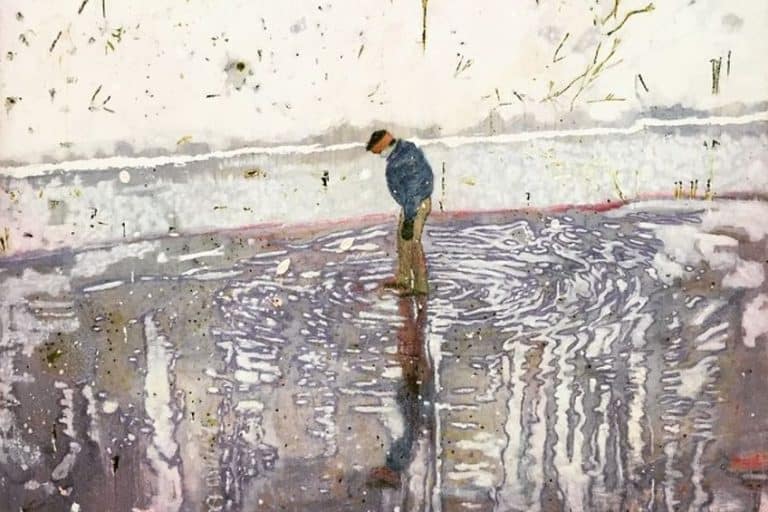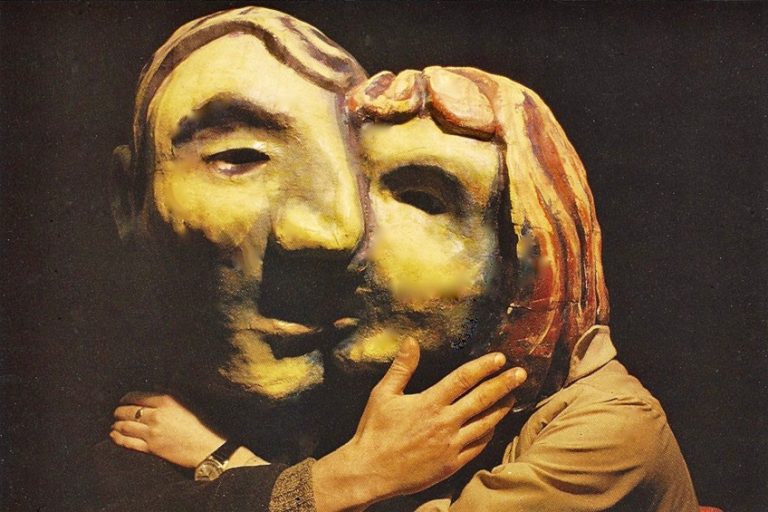Famous Australian Artists – A Look at Austrailian Art History
Australian art can be difficult to define given the diverse group of artists living there. However, this mixture of cultures is what makes the artwork so fascinating. In this article, we will be taking a closer look at some of the most famous Australian artists. Each of these artists has their own unique style, which has resulted from a variety of cultural influences.
Table of Contents
- 1 A Brief History of Australian Art
- 2 Our List of the Most Famous Australian Artists
- 2.1 Margaret Preston (1875 – 1963)
- 2.2 Grace Cossington Smith (1892 – 1984)
- 2.3 Albert Namatjira (1902 – 1959)
- 2.4 Sidney Nolan (1917 – 1992)
- 2.5 John Olsen (1928 – Present)
- 2.6 Brett Whiteley (1939 – 1992)
- 2.7 Betty Muffler (1944 – Present)
- 2.8 Simryn Gill (1959 – Present)
- 2.9 Kaylene Whiskey (1976 – Present)
- 2.10 Tony Albert (1981 – Present)
- 3 Frequently Asked Questions
A Brief History of Australian Art
Anthropologists believe that the first humans settled in Australia some 60,000 years ago. These were the Aboriginals, a collective group made up of various tribes that then spread across Australia. Just as Aboriginals were the first to inhabit Australia, they were also the first people to create art there. The oldest example of Aboriginal art dates back approximately 30,000 years.
A number of different types of art developed over time and across the different Aboriginal tribes. However, the most common types of Aboriginal art include rock carvings or paintings as well as complex abstract dot paintings. Most Aboriginal artworks are deeply spiritual and tell stories of the Dreamtime, which is the creation of the earth and all the creatures on it. Therefore, art has a sacred place in the religion of the Aboriginals.
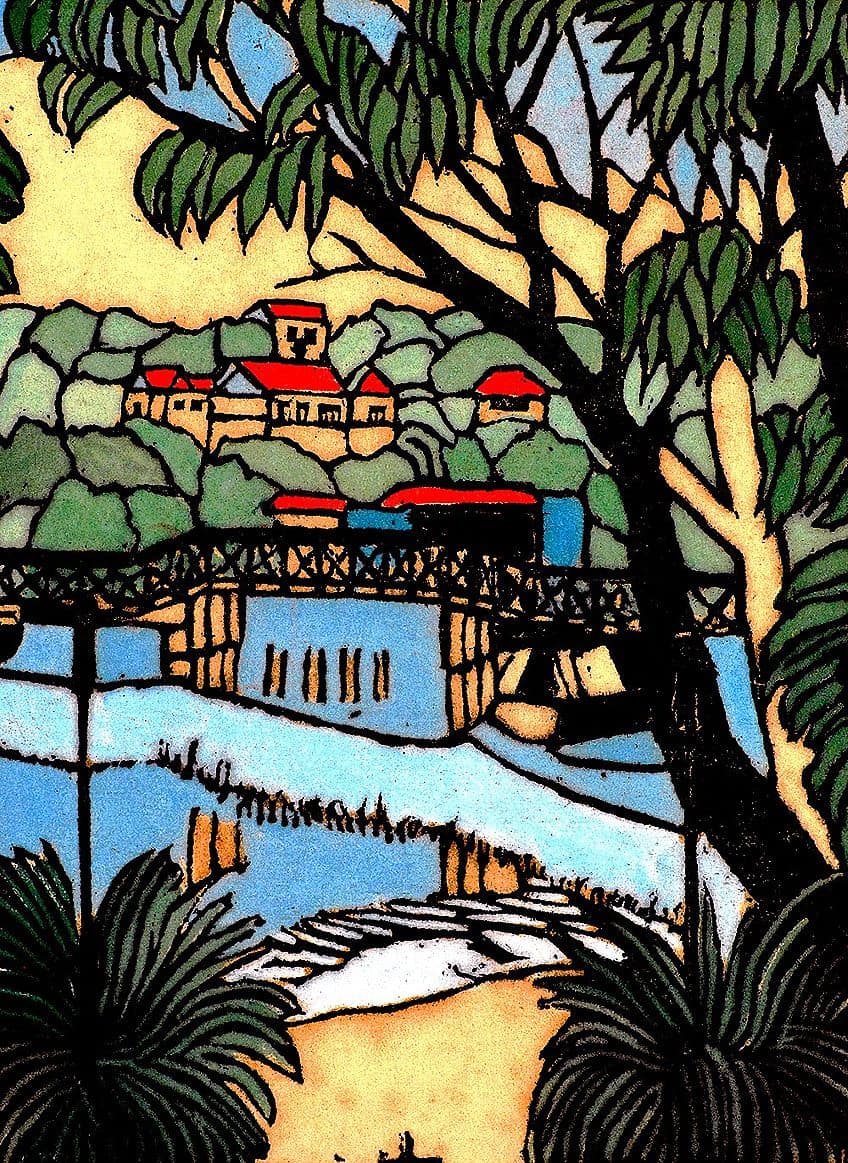
Moving forward in time to 1788, the first Europeans settled in Australia. At first, Britain simply established a penal colony with only prisoners and guards settling there. Australia remained a penal colony until the late 1860s, by which time everyday Europeans had already begun making it their home. Many were attracted by the gold deposits found on the continent, whilst others were fascinated by the exciting new terrain and wildlife. Amongst the latter group were numerous artists, who traveled to Australia to find new inspiration.
Many artists traveled to Australia and brought what they had learned in Europe with them. Combining these skills with the new subject matter presented to them resulted in something distinctly Australian. An example of this would be the Heidelberg School, an art movement unique to Australia that was inspired by Impressionism.
Modern-day Australian art is a melting pot that is as diverse as the continent itself.
Many Aboriginal artists are trying to reconnect with their ancestral artistic traditions, which suffered greatly with the arrival of Europeans. Australians of European heritage have also become so far removed from their European ancestors that they have developed their own distinct culture. The merging of these two cultures, as well as the many others now present in Australia, has resulted in highly original art.
Our List of the Most Famous Australian Artists
As mentioned above, Australian art is so special because of the diversity that exists in Australia. Therefore, in order to give you a holistic idea of Australian art, our list of famous Australian painters is made up of men and women from a variety of backgrounds and periods.

Margaret Preston (1875 – 1963)
| Date of Birth | 29 April 1875 |
| Date of Death | 28 May 1963 |
| Where They Lived | Sydney, New South Wales |
| Associated Art Movements | Modernism |
| Most Famous Artworks |
|
Margaret Preston (born McPherson) was born on 29 April 1875 in Port Adelaide, Australia. When Preston was 10 years old, her family moved to Sydney. It was here that she attended her first art gallery and began taking an interest in art. Her parents nurtured this interest, paying for private lessons and allowing her to complete her tertiary studies at the National Gallery of Victoria Art School and then later the South Australian School of Design.
The time period between 1904 and 1912 was particularly important for Preston’s artistic development.
She lived in various European cities for four of these nine years, studying the art styles that were popular there. She was most inspired by French artists like Cézanne and Matisse. The Japanese art she saw at the Musée Guimet also made a lasting impression on her.
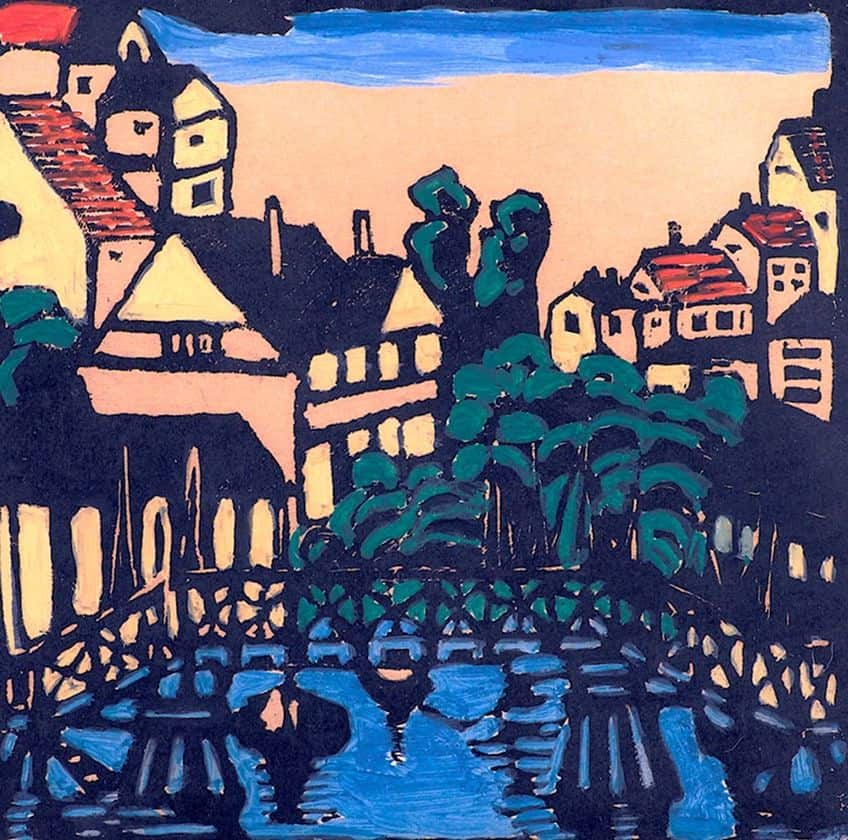
Upon returning to Australia, Preston became very interested in Aboriginal artworks. This was particularly true when she lived in the rural suburb of Berowra. Therefore, she began taking inspiration from Aboriginal art and combining it with the Modernist style she had developed during her time abroad. This resulted in the incredibly innovative style that she is known for.
Grace Cossington Smith (1892 – 1984)
| Date of Birth | 20 April 1892 |
| Date of Death | 20 December 1984 |
| Where They Lived | Sydney, New South Wales |
| Associated Art Movements | Modernism |
| Most Famous Artworks |
|
Grace Cossington Smith was born in Sydney Australia in 1892. At the age of 20, she and her sister spent time living with a relative in the UK. It was there, as well as during her travels through Germany, that she became exposed to some of her greatest influences. One of these artists was Jean-Antoine Watteau, a French painter known for his bold use of color. Cossington Smith was also inspired by the Modernist art that she saw in Europe and many believe that she was the first famous Australian painter to participate in the art movement.
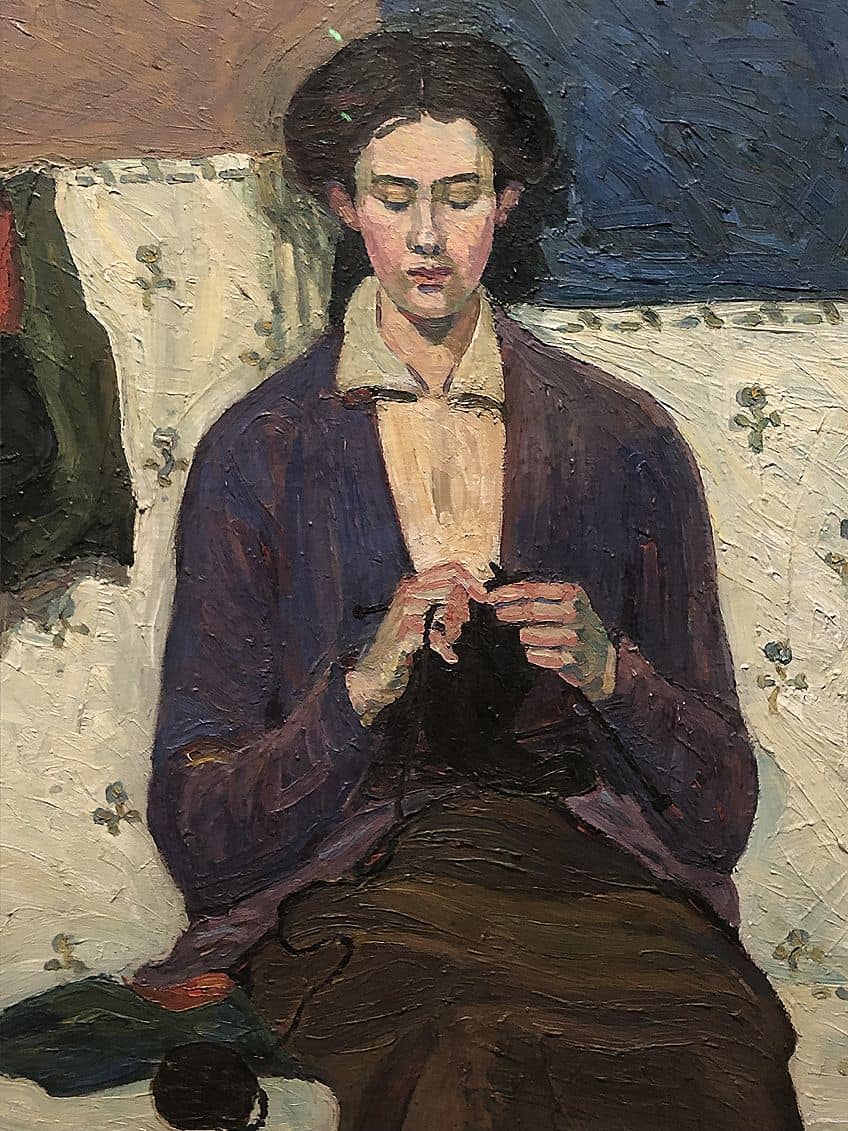
Cossington Smith’s best-known artworks are those depicting the construction of the Sydney Harbour Bridge. These would include Bridge Pillar (1939), The Bridge in Curve (1930), and Before the Arches Met (1930). Although these paintings were refused by the 1930 Society of Arts exhibition, they are now seen as symbols of Australian pride.
Albert Namatjira (1902 – 1959)
| Date of Birth | 28 July 1902 |
| Date of Death | 8 August 1959 |
| Where They Lived | Alice Springs, Northern Territory |
| Associated Art Movements | Contemporary Aboriginal Art Movement |
| Most Famous Artworks |
|
Albert Namatjira was an Aboriginal artist belonging to the Arrernte tribe that inhabit parts of the Nothern Territory in Australia. Namatjira grew up in an Aboriginal community called the Hermannsburg Lutheran Mission. It was here that the Hermannsburg School art movement was born. With Namatjira as its most famous member, the Hermannsburg School was characterized by Western-style landscapes featuring the Australian terrain. This was one of the first times in history that Aboriginals strayed from their traditional art forms.
Namatjira enjoyed sketching as his pastime from a young age, however, it was only at the age of 32 years old that he began to take art seriously.
In 1932, artist Rex Battarbe visited the Hermannsburg Lutheran Mission to exhibit his artworks and paint the surrounding area. Battarbe and Namatjira struck up a friendship and the former taught the latter to paint. Combining what he had learned from Battarbe with the colors used in Aboriginal art, Namatjira was able to produce art that was completely original.
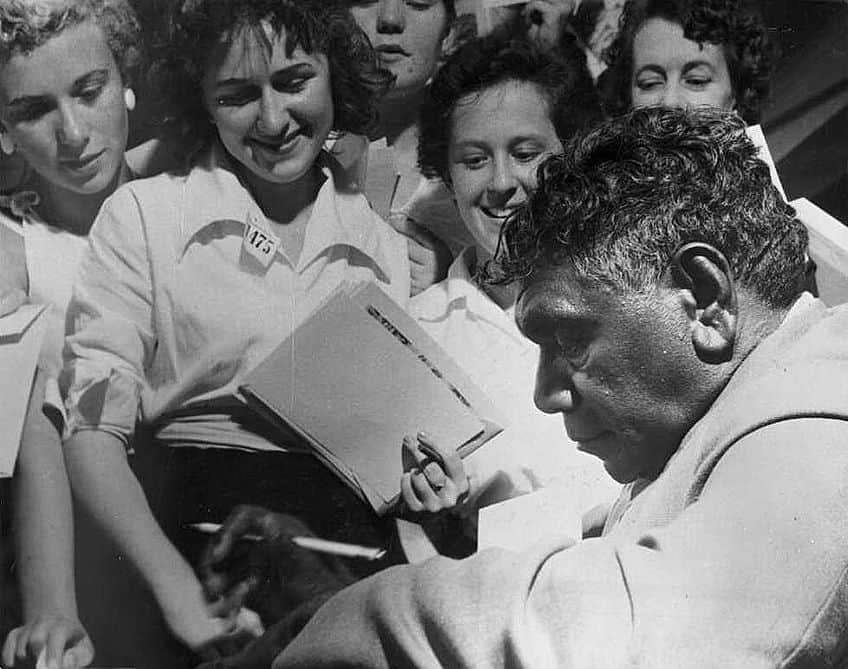
Due to his unique fusion of Western and Aboriginal art, Namatjira became one of the most famous Australian artists of his generation. His artwork was admired worldwide, and in 1953 he was even awarded the Queen’s Coronation Medal by Queen Elizabeth II. In fact, she was such a fan of his work that she requested to meet him personally.
Sidney Nolan (1917 – 1992)
| Date of Birth | 22 April 1917 |
| Date of Death | 28 November 1992 |
| Where They Lived | Melbourne, Victoria |
| Associated Art Movements | Surrealism |
| Most Famous Artworks |
|
Sidney Nolan was born in 1917 in the city of Melbourne. He was interested in pursuing a career in art from a very young age. He began studying Design and Crafts at Prahran Technical College at the age of 14. By 16 years old he had already graduated and begun working as a commercial artist.
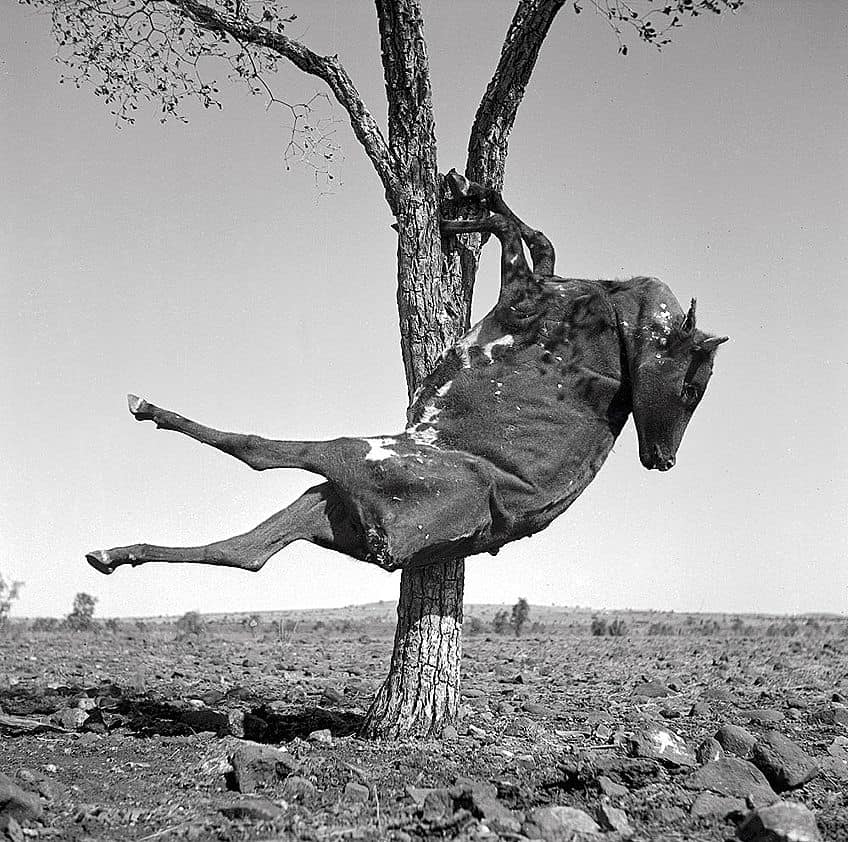
Nolan was one of the members of the Heide Circle, a group of famous Australian painters who lived with art patrons John and Sunday Reed. Heide, previously an old dairy farm, has now been converted into the Heide Museum of Modern Art. Nolan found his time living at Heide very inspiring and produced some of his most famous paintings whilst there. Amongst these were some of his Ned Kelly paintings, a series that marked him as one of the most famous Australian artists of his generation.
John Olsen (1928 – Present)
| Date of Birth | 21 January 1928 |
| Date of Death | Present |
| Where They Lived | Newcastle, New South Wales |
| Associated Art Movements | Abstract Art |
| Most Famous Artworks |
|
John Olsen was born in Newcastle in 1928 but grew up in Bondi Beach. He was trained in academic art at a number of reputable art schools in Sydney, including the Julian Ashton Art School. Once his studies were completed, he was sent to Europe to paint by art patrons Robert and Annette Shaw. It was during his vast travels there that he came into contact with Modern art.
This would inspire him to create the unique avant-garde landscapes that he became famous for.
Olsen’s art career has spanned almost 70 years. His artwork has evolved over time; however, his artworks all carry elements of his personal style, which make them distinguishable from other artists. One of his most famous paintings, Salute to Five Bells (1973), which can be found on the walls of the Sydney Opera House, is a prime example of his abstract style landscape paintings.
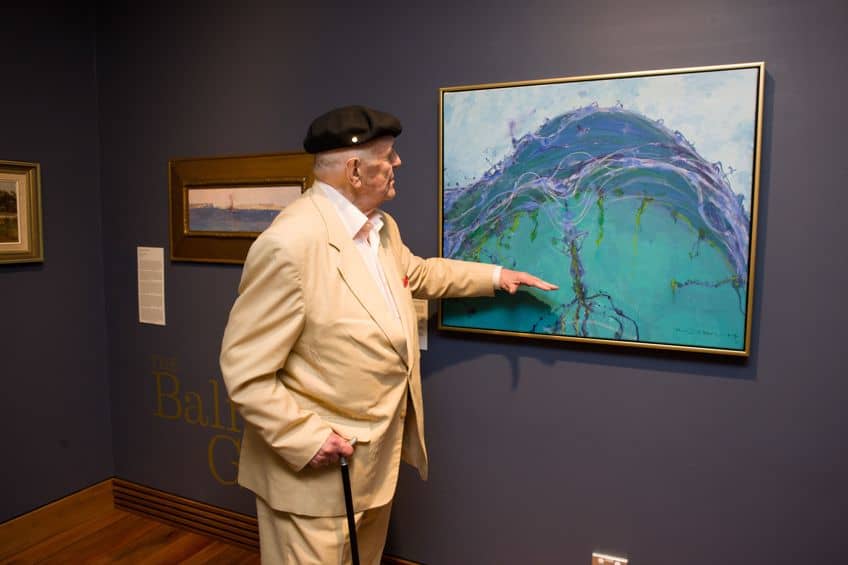
Brett Whiteley (1939 – 1992)
| Date of Birth | 7 April 1939 |
| Date of Death | 15 June 1992 |
| Where They Lived | Sydney, New South Wales |
| Associated Art Movements | Avant-Garde, Expressionism |
| Most Famous Artworks |
|
Brett Whiteley was born in Longueville, Sydney in 1939. When he was 20 years old, he won an art scholarship, which allowed him to travel throughout Europe whilst studying art. After living there for only a year, his painting Untitled Red Painting (1960) was bought by the Tate Modern in London. This made him the youngest artist the famous art gallery had ever purchased art from. This record has yet to be beaten in the present day.

Whiteley’s early style was very Abstract and often composed entirely of warm earthy tones. Paintings such as Untitled Warm Painting (1961) and Nude at Basin (1963) exemplify his early style perfectly. However, in the 1980s his style evolved into something more colorful and Expressionist. It is this era of his career, and his Expressionist landscapes in particular, which put him on the map as one of the greatest Australian artists of all time.
Betty Muffler (1944 – Present)
| Date of Birth | 1944 |
| Date of Death | Present |
| Where They Lived | Watarru, South Australia |
| Associated Art Movements | Aboriginal Art |
| Most Famous Artworks |
|
Betty Muffler is an Aboriginal artist belonging to the Pitjantjatjara and Yankunytjatjara ethnic groups. She grew up near Marlinga, where a series of nuclear weaponry tests were conducted by the British in the 1950s. This nuclear testing left high amounts of radiation which had a devasting effect on the landscape and people and wildlife that inhabited the area. Land sacred to the Aboriginal people was also destroyed. Muffler explored the trauma this event caused her and her people through her art.
Her famous series Ngangkaṟi Ngura (Healing Country) (2017-2020) is based on her feelings surrounding this event.
In recent years, Muffler has become one of the art directors for Iwantja Arts a collective of artists from the APY ( Anangu Pitjantjatjara Yankunytjatjara) Lands in South Australia. She is a highly respected healer and artist within her community as well as globally. In 2020, she was commissioned to create an artwork for the cover of Vogue Australia. This was the first artwork to feature on the magazine’s cover since its conception in 1959.
Simryn Gill (1959 – Present)
| Date of Birth | 1959 |
| Date of Death | Present |
| Where They Lived | Australia |
| Associated Art Movements | Sydney, New South Wales |
| Most Famous Artworks |
|
Simryn Gill was born in Singapore but spent a large portion of her childhood moving from place to place. After meeting her husband, Souchou Yao, she settled in Australia. Gill began studying a degree in Fine arts at the South Australian School of Arts, however, she did not complete it due to the numerous obligations she had. This did not hinder her career and in the 2000s her art started to gain international attention.
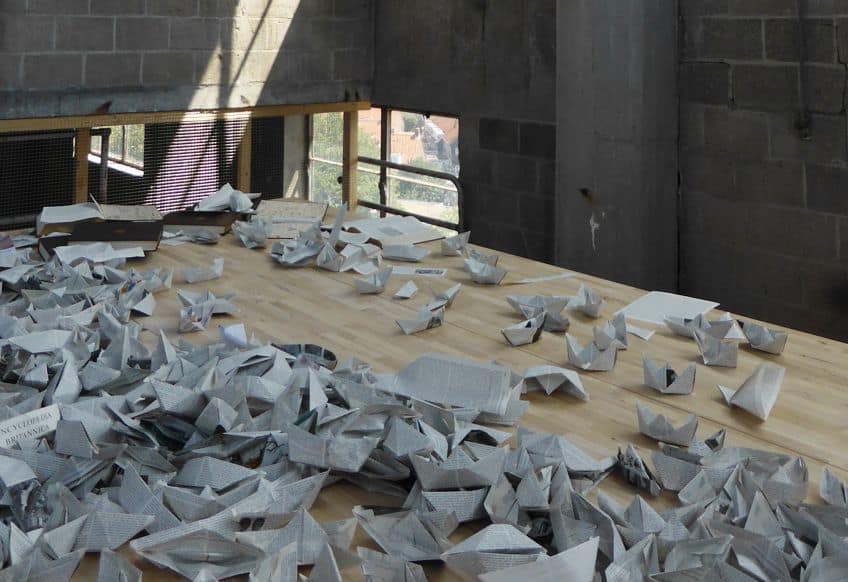
Gill is admired for her versatility and willingness to experiment with different art mediums. Some of her most famous pieces are works of sculpture, textiles, and installation. To many, she is seen as a Jack of all trades. Due to this variety in her craft, Gill was awarded the honor of representing Australia at the Venice Biennale in 2013.
Kaylene Whiskey (1976 – Present)
| Date of Birth | 1976 |
| Date of Death | Present |
| Where They Lived | Indulkana, APY Lands |
| Associated Art Movements | Contemporary Aboriginal Art |
| Most Famous Artworks |
|
Kaylene Whiskey was born in a rural Aboriginal community located in the APY Lands of Australia. She comes from a family of artists, with her grandfather Whiskey Tjukangku being particularly prominent. However, in recent years she has surpassed her relatives in popularity due to her unique and innovative style.
Her paintings can be found in world-famous art Australian art galleries such as the Art Gallery of New South Wales and the Museum of Contemporary Art Australia.
Whiskey’s art style is a visual representation of modern Australia. She combines elements from traditional Aboriginal art with Western influences through pop culture references. Her art is heavily influenced by her Aboriginal heritage. This can be seen through her bright use of color with subtle dotwork, as well as her caricature-like figures.
Tony Albert (1981 – Present)
| Date of Birth | 1981 |
| Date of Death | Present |
| Where They Lived | Townsville, Queensland |
| Associated Art Movements | Contemporary Aboriginal Art |
| Most Famous Artworks |
|
Tony Albert was born in North Queensland in 1981. However, he also spent time with family members further north in the rainforested areas of Australia. He is of Aboriginal heritage and has ancestors from the Girramay and Kuku Yalanji ethnic groups. He is proud of his Aboriginal heritage and it features prominently in his artwork. He is one of the main members of ProppaNow, a group of artists of Aboriginal and Torres Strait Islander descent.
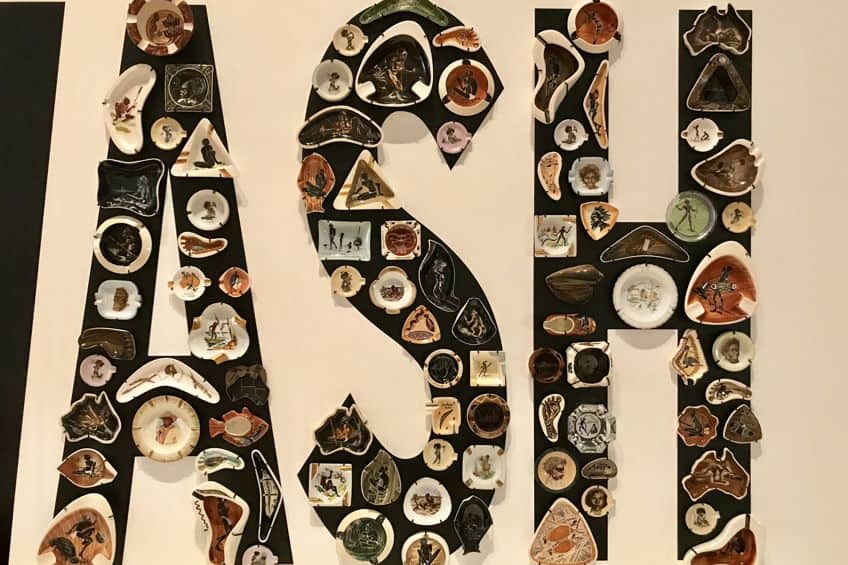
Albert frequently creates artwork that contains a political statement. One of his main goals is to portray contemporary Aboriginal art in a way that is not clichéd and remains true to the culture without being stereotypical. One of his most famous paintings is Headhunter (2007) is a multimedia installation that comments on the atrocities enacted upon Indigenous Australians by European settlers in Australia. The message of the art piece plays on the notion that Aboriginals were deemed savages yet the way European settlers treated them was far from civilized.
Australia has a rugged yet beautiful landscape that has inspired so many artists from a variety of backgrounds. Its long and rich history has led to a culturally diverse society in the modern day. With current society’s emphasis on inclusivity, the Australian art scene has never been so vibrant! If you have enjoyed this brief look at some of Australia’s most famous artists, be sure to do some further research of your own.
Frequently Asked Questions
What Is Aboriginal Art?
There are a number of different types of Aboriginal art as each tribe has its particular own style. However, the most well-known Aboriginal art style, commonly used by the Pintupi tribe is dot painting. Dot painting was actually only created when Europeans settled in Australia. Aboriginal artwork is very spiritual and so the dots were used to prevent Europeans from understanding it.
What Type of Artwork Is Australia Known For?
Australia has a large and diverse population, made up predominantly of Aboriginals and Europeans. This is due to Aboriginals being indigenous to the area and Britain colonizing the country. As these are the dominant cultures, Australia is known for both Aboriginal art and art inspired by movements from Europe.
Isabella studied at the University of Cape Town in South Africa and graduated with a Bachelor of Arts majoring in English Literature & Language and Psychology. Throughout her undergraduate years, she took Art History as an additional subject and absolutely loved it. Building on from her art history knowledge that began in high school, art has always been a particular area of fascination for her. From learning about artworks previously unknown to her, or sharpening her existing understanding of specific works, the ability to continue learning within this interesting sphere excites her greatly.
Her focal points of interest in art history encompass profiling specific artists and art movements, as it is these areas where she is able to really dig deep into the rich narrative of the art world. Additionally, she particularly enjoys exploring the different artistic styles of the 20th century, as well as the important impact that female artists have had on the development of art history.
Learn more about Isabella Meyer and the Art in Context Team.
Cite this Article
Isabella, Meyer, “Famous Australian Artists – A Look at Austrailian Art History.” Art in Context. March 2, 2023. URL: https://artincontext.org/famous-australian-artists/
Meyer, I. (2023, 2 March). Famous Australian Artists – A Look at Austrailian Art History. Art in Context. https://artincontext.org/famous-australian-artists/
Meyer, Isabella. “Famous Australian Artists – A Look at Austrailian Art History.” Art in Context, March 2, 2023. https://artincontext.org/famous-australian-artists/.



